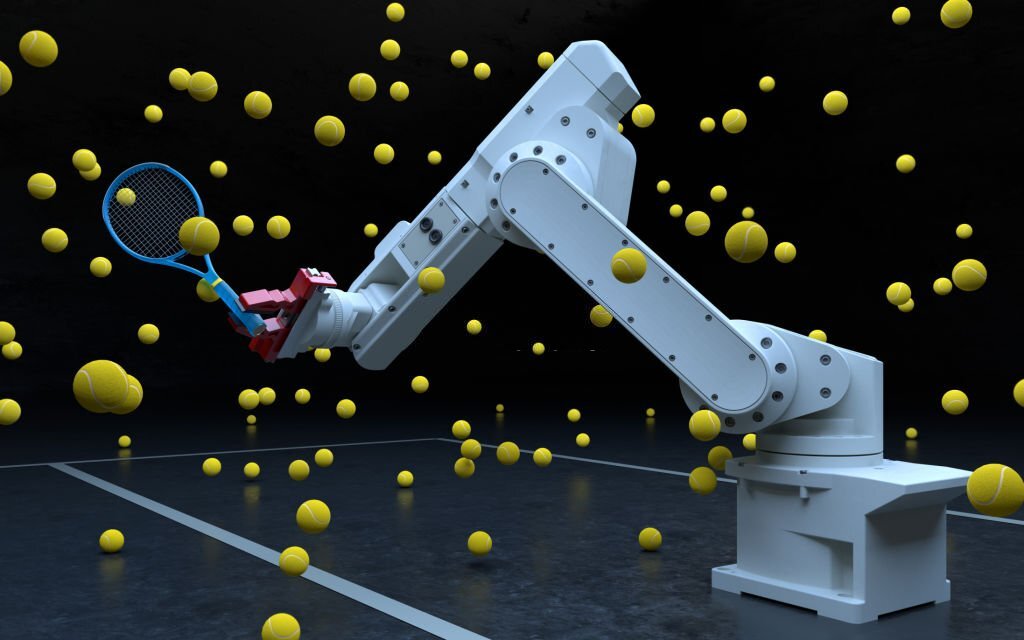In today’s world, technology has revolutionized the way we approach sports training and performance. From wearable technology to advanced analytics, coaches, and athletes now have access to a wide range of tools to help improve their performance on the field or court. In this blog, we’ll take a closer look at the impact of technology on sports training and performance.
One of the most significant ways technology has changed sports training is through the use of wearable technology. Wearables, such as fitness trackers, smartwatches, and heart rate monitors, have become increasingly popular among athletes of all levels. These devices can track an athlete’s heart rate, distance traveled, calories burned, and other vital stats, providing a wealth of information that can help optimize training routines.
Another area where technology has had a significant impact on sports training is through the use of virtual and augmented reality. These technologies allow athletes to train in a simulated environment, which can be especially useful for preparing for high-pressure situations. For example, basketball players can use VR technology to practice free throws in a simulated game environment, allowing them to work on their technique and improve their accuracy.
In addition to wearable technology and virtual reality, sports teams and athletes now have access to advanced analytics tools. These tools can analyze vast amounts of data, including player performance metrics and game footage, to identify areas where athletes can improve. Coaches can use this data to develop more effective training regimens, as well as to make tactical adjustments during games.
Another significant impact of technology on sports training is in the area of injury prevention and recovery. Athletes can now use a range of technologies, including cold compression therapy and electrical muscle stimulation, to help speed up the healing process and get back on the field more quickly. In addition, technology such as motion capture and biomechanical analysis can help identify potential injury risks and prevent them before they occur.
Overall, the impact of technology on sports training and performance has been immense. Athletes and coaches now have access to a range of tools that can help improve performance, prevent injuries, and speed up recovery time. However, it’s important to remember that technology is just one piece of the puzzle when it comes to sports training and performance. Ultimately, success on the field or court still requires hard work, dedication, and a passion for the game.
Despite the advantages of technology, some may argue that it can be a double-edged sword. For example, there is a concern that technology can become a crutch, and athletes may rely too heavily on the data instead of relying on their instincts and natural abilities. Additionally, technology can be expensive, making it less accessible to athletes and teams who may not have the budget to invest in the latest gadgets and tools.
Moreover, the use of technology in sports has also raised ethical concerns, particularly in the area of performance-enhancing drugs. With advances in technology, athletes can now use sophisticated drugs and gene therapies that can enhance their performance, raising questions about fairness and the spirit of competition. Therefore, it’s essential to strike a balance between using technology to enhance performance and ensuring a level playing field for all athletes.
In conclusion, technology has had a significant impact on sports training and performance. From wearables to virtual reality and analytics, coaches and athletes now have access to a range of tools that can help improve performance, prevent injuries, and speed up recovery time. However, it’s important to remember that technology is just one piece of the puzzle when it comes to success on the field or court. Ultimately, it’s the hard work, dedication, and passion for the game that will make the difference.

























